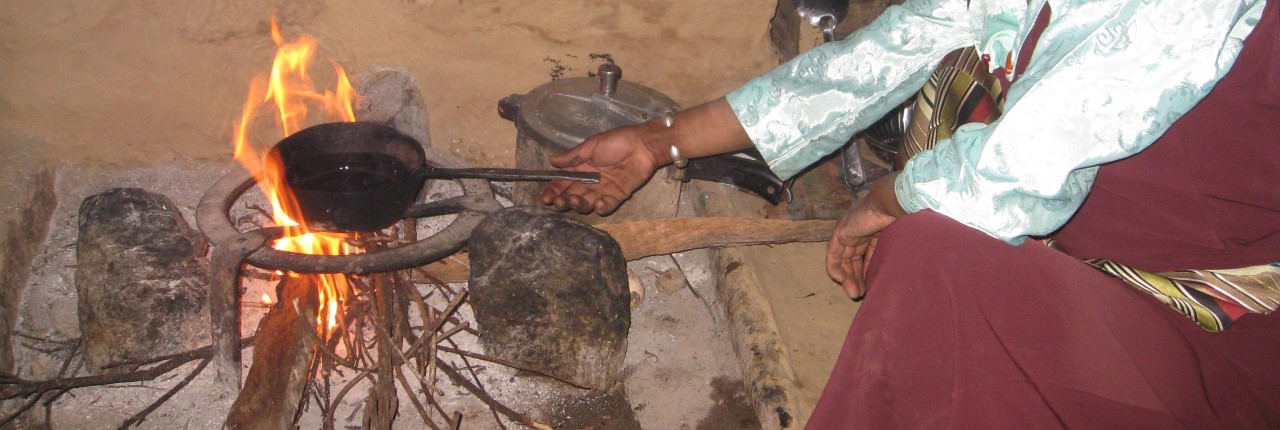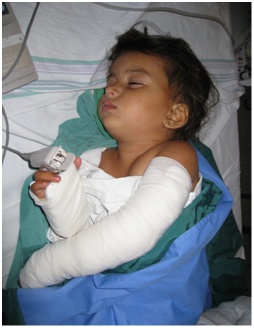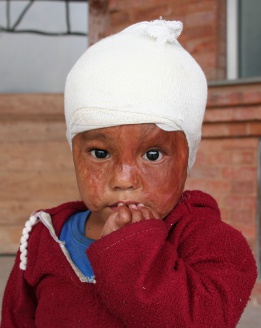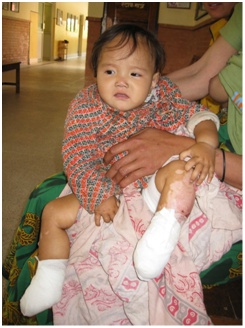
Where it all began
Indoor open fires are used frequently for heating and cooking in homes in developing countries. Traditionally built houses have no chimney. Choking smoke fills the house until it finds it's way out through the roof.
People who are confronted with these conditions from birth suffer from chronic bronchial inflamation and bouts of suffocation already in their youth. There are also massive arterial circulation problems which have become widespread and can result in long-term consequences similar to those of chronic smokers such as smoking leg.



Accidents with the indoor open fire are happening very often. Mostly the patients are young children who fell or crawled into an open fire and hurt their hands or feet. Deformations, disablement or loss of an arm or leg is not uncommon.
In many remote villages there is no possibility for correct medical treatment; that leads to terrible life-long injuries during the healing period. The shrinking of muscles, tendons and ligaments can limit mobility and even lead to total stiffness.
The tradtional methods of cooking on open fires does not use the energy content of the combustable material (usually wood from the surrounding forests) efficiently. The pressure on the forested areas is increasing as more and more wooded land is cleared to provide firewood, CO2 is produced to an unnecessarily high extent. Along with environmental problems this results in the need for women to walk long distances and spend a large part of their day collecting combustable material. Women in Nepal are traditionally responsible for cooking and also for procuring combustable material.


